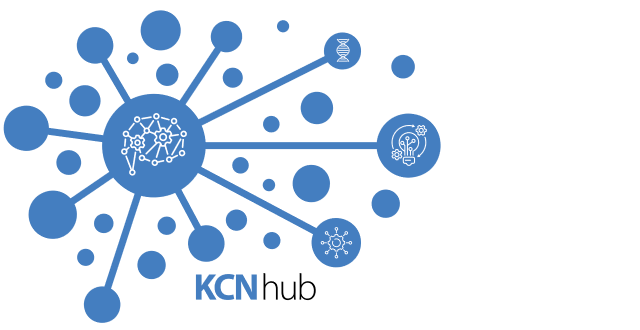Internal KCN: Neuron-glia markers for the multistage progression of Alzheimer’s disease
At preclinical stages of Alzheimer’s disease (AD), accumulation of amyloid-β (Aβ) appears to correlate with the onset of local networks’ hyperexcitability, possibly due to dyshomeostasis of extracellular glutamate. However, the interplay between Aβ production and extracellular glutamate accumulation remains unresolved. In this regard, we first consider how Aβ modifies astrocytic glutamate uptake, and we develop a mathematical model for glutamate diffusion and uptake in the peri-synaptic space. We quantify the time course of glutamate and the conditions for its accumulation by changing Aβ concentration and considering a scaled-up version of the model that can effectively reflect the local tissue’s pathophysiology. Next, we complement our model by including calcium-dependent Aβ production and glutamate release. The interaction of multiple positive feedback loops of signaling can account for different tissue states, going beyond the traditional dichotomy between the healthy and excitotoxic conditions. Specifically, changes in astrocytic glutamate uptake and calcium feedback on the neuronal firing can promote intermediate conditions that, if monitored accurately, could either predict AD degeneration in advance or offer new directions for therapeutic intervention.
